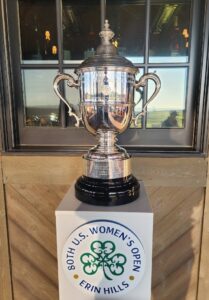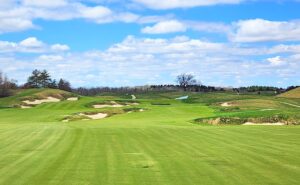
What a great setting to call your office, Jupiter Hills has been just that for Steve Ehrbar the last eleven years (par 3 ninth shown above).
Steve Ehrbar is an Ohio State Buckeye, a Jim Loke disciple and a Pete Dye protoge who’s path has included two separate stints at Old Marsh, Lost Tree Club (also twice, pre & post Nicklaus redesign), and is presently the Director of Agronomy and Maintenance at the world-class Jupiter Hills Club in Tequesta, Florida.
We sat down with Steve Ehrbar in his office at Jupiter Hills earlier this summer and discussed the famed Hills course (that we have rated #1 in the Sunshine State since we started featuring course designs nearly a decade ago), the USGA did well to select this unique routing that sits a top a massive sand ridge that stretches from North Palm Beach all the way into Hobe Sound. The 2018 Four-Ball Championship in May was the club’s second USGA Championship (’87 U.S Amateur) making Jupiter Hills the only club in Florida to host two national championships. Ehrbar and I discussed his journey as a Turf Lifer and the challenges he and his staff face at one of the finest golf clubs in America. LinksNation: Your career began in Ohio working for Jim Loke, can you describe that period?
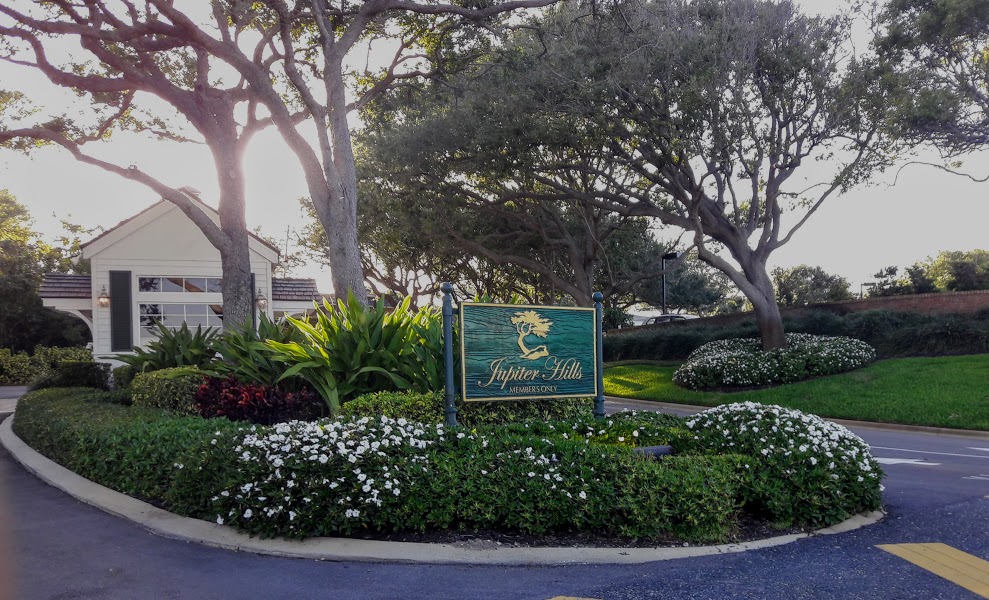
Ehrbar: Before that I was at a club in Cleveland, Ohio called Pepper Pike. I grew up in Cleveland, I was an assistant there and Jim Loke was the Superintendent out at Quail Hollow. He was looking for an assistant so that’s when I came in contact with Jim. I worked two years with him at Quail Hollow and then I moved down to South Florida, where I’ve been ever since.
LN: What year was that?
Ehrbar: 1985, I started building Old Marsh with Pete Dye. After Pete finished at Old Marsh, I went on with him to Cypress Links in West Jupiter. We bulldozed that public course and created Dye Preserve (one of the leas known Dye designs that is truly among his best works). Then from there, I went to Lost Tree Club (where Jack Nicklaus has lived since 1970) and back to Old Marsh. Then back to Lost Tree for a major renovation over there with Jack Nicklaus. Been here at Jupiter Hills Club for the last eleven years.
LN: What did the renovation of the course at Lost Tree Club entail?
Ehrbar: It was a 1960 Mark Mahannah design, and the golf course hadn’t had any real renovation work. It was 2002 when I came back, and we did a $6.5 million renovation. We did everything – irrigation, maintenance facility, and reverse osmosis plant. The only thing that stayed the same was the routing of the golf holes. The bunkering, green complexes – everything was replaced. It turned out great and was nice project to work on with Mr.Nicklaus.
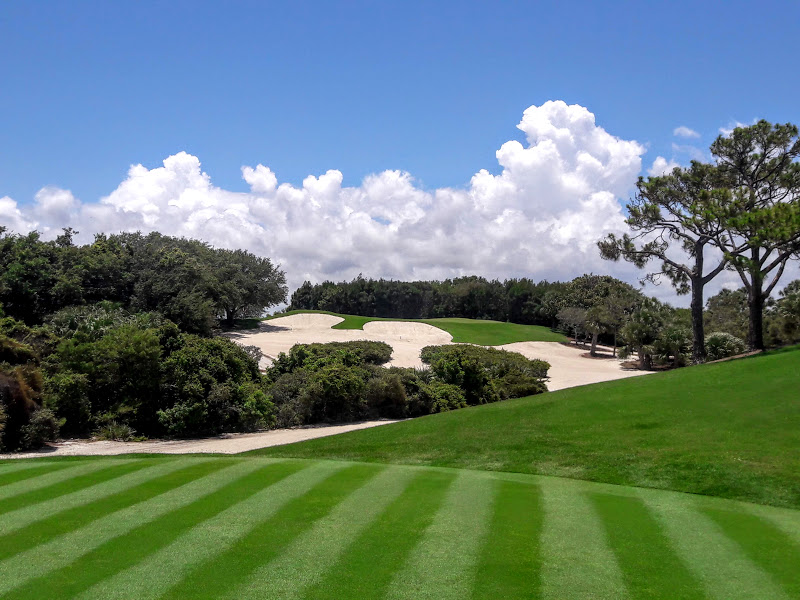
9th tee view on the Hills Course
LinksNation: Every successful Agronomy leader such as yourself, has a tireless well qualified staff that keeps conditions at their absolute finest. You have two courses here at Jupiter Hills, the Hills & Village courses. What is the size of your staff?
Ehrbar: Staff of 52 full-time employees. Two separate crews (Hills and Village), a few more employees on the Hills course because there’s a little more maintenance required on that course.
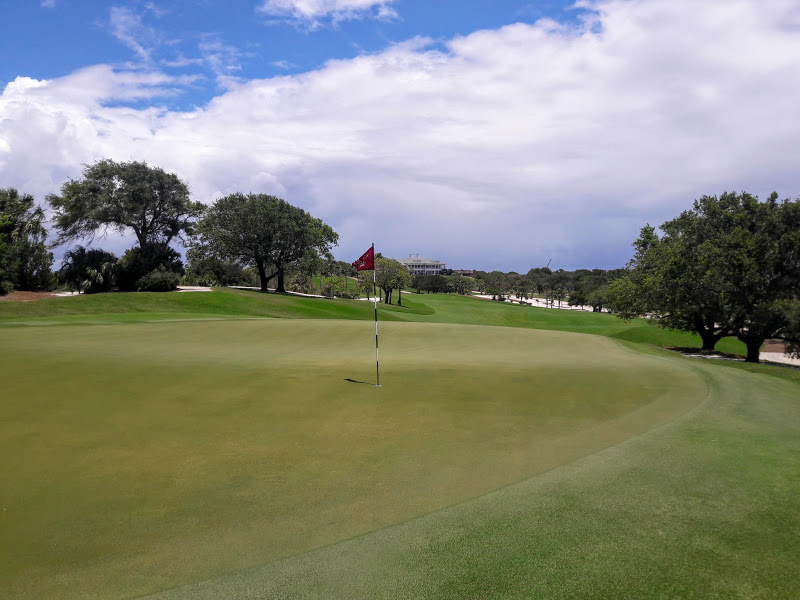
10th green Hills course
LinksNation: What is a typical daily schedule for your staff here at Jupiter Hills?
Ehrbar: Some of the staff start at 6am to get out early and have the range tees mowed, but typically 6:30 – 3/3:30 is a typical day for the staff.
LinksNation: Every Super we’ve met with faces different challenges, and we pose this question knowing we will likely get a different answer each time. So with such a unique piece of property here – what are the biggest challenges here for you and the Agronomy team?
Ehrbar: We’re on a natural sand dune, so there are pros and cons with that. We can handle a 3 or 4″ rain storm and not have a puddle on the golf course, which is good, but as far as retaining any moisture or nutrients, it goes right through the profile. Nematodes are tough out here because it’s such a sandy site. As I tell everybody, we can always add water to the property, but it’s extremely difficult to take it off. It is a unique piece of property.
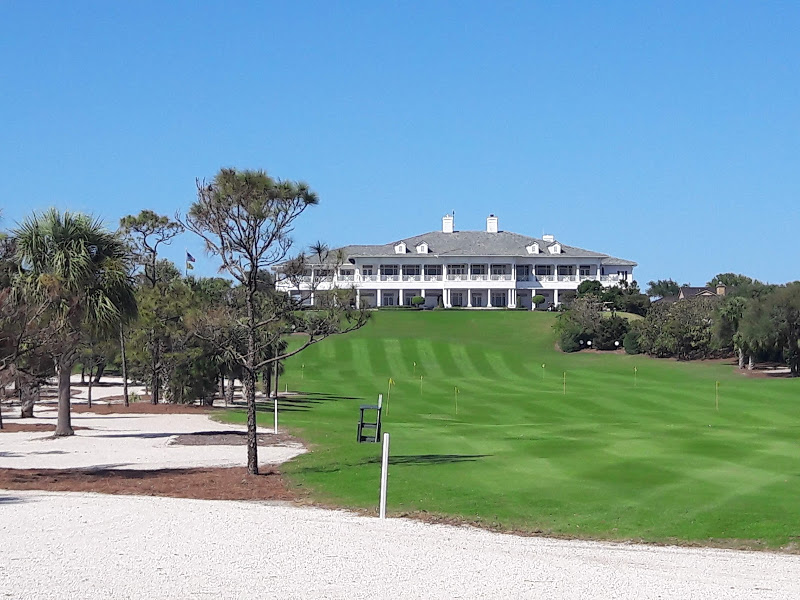
The view of the range and practice green from the clubhouse terrace

LinksNation: So true, the property here is on the same sand ridge that’s an extension of what Seminole (a few miles south) sits on as well, correct?
Ehrbar: That is correct.
LN: Your reputation is that of a mentor, can you expound on your approach with staff.
Ehrbar: I’ve been very fortunate in that regard Jason, my very first Superintendent took me under his wings, and I always felt like if I ever got into that position to help someone else out, I’m certainly going to do it. I’ve been very fortunate to mentor a lot of guys, so that’s my program – I get great guys, turf students because they know the reputation of Jupiter Hills and myself and lead them to their next opportunity.
LinksNation: I played the Hills course just weeks before the Championship with club president Jeffrey Harris, who is a great representative of Jupiter Hills. Has there been anything preparation wise outside of the normal 365 that went into getting the courses ready for the USGA Four-Ball Championship?
Ehrbar: A couple of comments regarding that Jason. The biggest compliment they (USGA) paid us after a couple of site visits was, “you guys don’t really have to do much, what you’re providing the membership out here on a daily basis is what we’re looking for in the championship.” We did do a $1.5 million renovation on the village course last summer, re-grassed all of the fairways, approaches, collars and greens. (Logan Fazio led the renovation)
LN: Turf variety used?
Ehrbar: Celebration (bermuda) on the fairways, Tif-Grand on the approaches and collars and Tif-Eagle on the greens. It wasn’t in direct correlation with the championship but it needed to be done and we felt like it would be better to do it before the event than after the event.
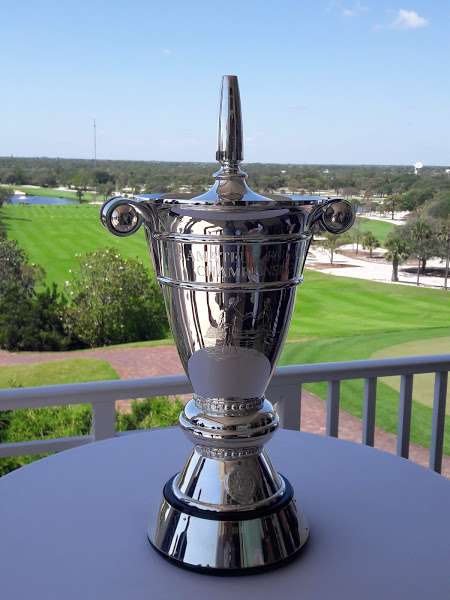
LN: Were there any outlines from the USGA in terms of what they’d like to see the scores be, or what they viewed as ideal conditions, such as firm in fast, more receptive, etc?
Ehrbar: It was their event, so we changed height of cut on the fairways, not so much on the greens. Our greens are around 13 on the stimp so not a big change there. They told us what they were looking for in terms of firmness.
LN: Green cut height?
Ehrbar: .090 (the heights normally are at .095, and .105 is the highest that they are ever mowed at).
LinksNation: What are the differences in the two courses here at Jupiter Hills?
Ehrbar: The greens on the Village course are a bit firmer because they are new greens, but that probably helps a bit because the course is about 600 yards shorter than the Hills. The Village is a tighter layout with smaller greens, and out of bounds comes into play. Obviously on a flatter piece of land, both played as par 70 for the championship. In most events the Village usually plays one shot tougher than the Hills.
LN: Are there plans to host more big championships in the future?
Ehrbar: Good question, I hope that they would. We can only house so much, obviously the Amateur has gotten so big over the course of time. Hoping maybe something down the road like a U.S Women’s Open or something like that. Obviously state events, I think the club is always open to that. Giving back to Golf.
LN: Do you get a chance to play much golf these days?
Ehrbar: When I was at 18 hole facilities I did, but being here at a 36 hole facility, time is tough to come by, but I get out once in awhile. I still think the best way to see and evaluate things is with a golf club in your hand.
LN: We couldn’t agree more, thanks for your time Steve . . .

